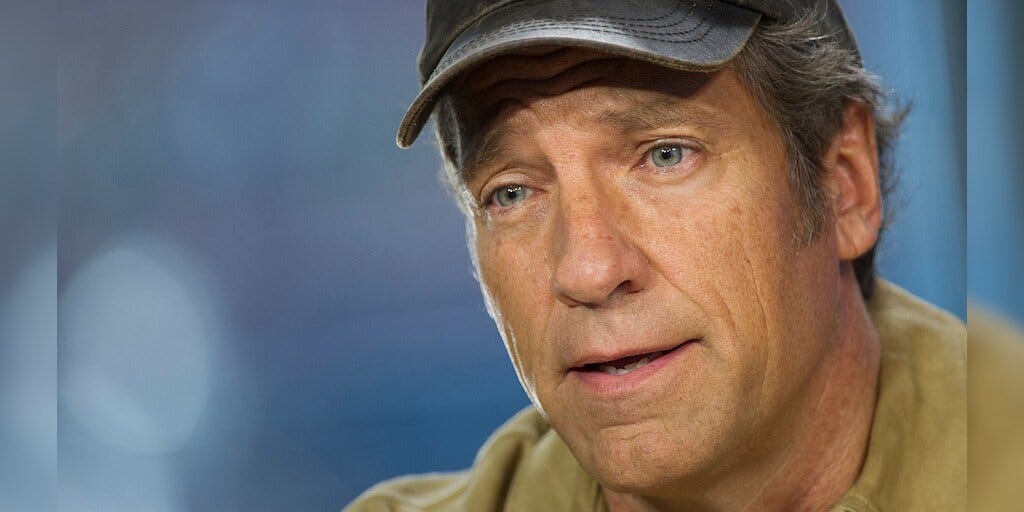She’s been smeared with cake and doused with acid. Vigilantes have stolen her, and protesters have defaced her. She’s been lasered and prodded, displayed for the masses, and relegated to her own basement gallery. More recently, thousands urged billionaire Jeff Bezos to buy her, and then eat her.
There is no bottom, it seems, to the mysteries of the Mona Lisa, the Leonardo da Vinci painting that has captivated art lovers, culture vultures and the rest of us for centuries. Who is she? (Most likely Lisa Gherardini, the wife of an Italian nobleman.) Is she smiling? (The short answer — kind of.) Did da Vinci originally intend to paint her differently, with her hair clipped or in a nursing gown?
While much about the art world’s most enigmatic subject has been relegated to the realm of the unknowable, now, in a strange crossover of art and geology, there may be one less mystery: where she was sitting when da Vinci painted her.
According to Ann Pizzorusso, a geologist and Renaissance-art scholar, da Vinci’s subject is sitting in Lecco, Italy, an idyllic town near the banks of Lake Como. The conclusion, Pizzorusso said, is obvious — she figured it out years ago, but never realized its significance.
“I saw the topography near Lecco and realized this was the location,” she said.
The nondescript background has some important features; among them, a medieval bridge that most scholars have held as the key to da Vinci’s setting. But Pizzorusso said it is rather the shape of the lake and the gray-white limestone that betrays Lecco as the painting’s spiritual home.
“A bridge is fungible,” said Pizzorusso. “You have to combine a bridge with a place that Leonardo was at, and the geology.”
Such features were so clear to Pizzorusso that she had concluded years ago on a trip to Lecco that the quaint, lakeside village was the setting for da Vinci’s masterpiece. She assumed, she said, that such facts were self-evident. It was not until a colleague approached her, seeking information on the Mona Lisa’s possible settings, that Pizzorusso realized her conclusions had scholarly merit.
“I would tell people, but I just never did anything,” she said. Now though, mapping technology has made her thesis more palatable.
“Everything has conspired to really make my idea much more provable and presentable,” she said, speaking from Lecco, where she will formally present her conclusions at a geology event.
Still, such secrets have become inherent to the intrigue surrounding the holy canvas. For centuries, the Mona Lisa has confounded, delighted, disappointed and befuddled artists and art lovers. As her famously soft edges grow existentially sharper, perhaps we must ask: Is it the painting we love, or its mysteries?
“In Lecco they have been mentioning this for years,” Donald Sassoon, a professor of comparative European history, said. He pointed to a 2016 article in a local Italian news site by a scholar from Lecco who identified similar geographical features to those noted by Pizzorusso.
“I would not bother,” Professor Sassoon said when asked about reporting Pizzorusso’s find. “Identifying the location would have no impact.”
For Pizzorusso, though, the conclusion is less about the art than the man. In the discrete clues of the Mona Lisa, da Vinci reveals himself not only as a skilled painter, she said, but also as a tediously careful student of science and geology.
“Any time he paints a rock,” Pizzorusso said, “it’s accurate.”





